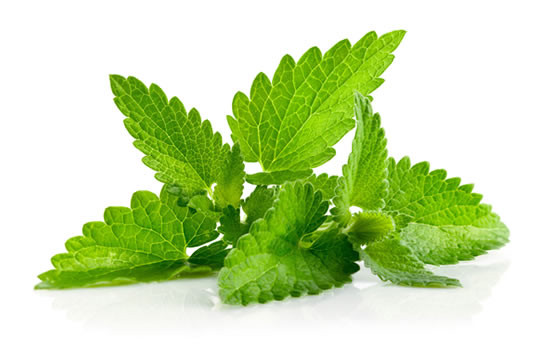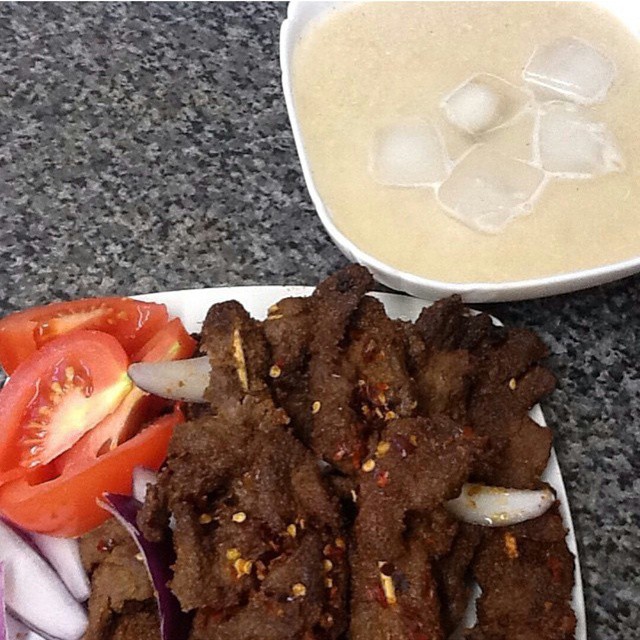These are some of the features of skin that are affected by atopic eczema/dermatitis:
- Very itchy skin – this is the hallmark of this skin disease. Because of how extremely itchy the skin of a person with this condition is, it makes them scratch the skin. And this makes the itchiness worse, which in turn leads to more scratching, and it goes on. This is called the itch-scratch cycle.
Scratching skin that is affected by atopic eczema/dermatitis can lead to infection. In atopic dermatitis, the skin is easily infected. The itchiness is more obvious when the person is asleep because the person has no conscious control over the scratching. You may notice that children who have atopic eczema/dermatitis rub their skin against carpets, rugs, bedding or any rough surface. Sometimes, the itchiness is so bad, that the child who is affected cannot sleep.
- Dry skin – a very common complaint with people who have this condition.
- Rough skin.
- The number of skin creases on the palms may be more than normal.
- Formation of blisters.
- Swelling – There may be swelling of the skin around the lips, or swelling of the lips itself.
- The skin can get thick and become like leather because of continuous rubbing and scratching.
- Small skin bumps that are thickened – which occur when one picks repeatedly at the same site. These bumps are called picker’s warts or Prurigo nodules.
- Small bumps that can be opened when scratched, which can lead to them getting infections.
- Discharge.
- Crusting.
- There could be dark circles under the eyes.
- Redness of the skin.
- There could also be raised bumps on the skin that are reddish (hives).
- An extra fold develops under your eye – it is called the atopic pleat or Dennie-Morgan fold.
- Cracking skin.
- Scaling skin – especially on the skin of the shins and lower legs where there could be dry rectangular scales.
Some people suffer from atopic eczema/dermatitis for a prolonged length of time – with periods when it is worse and when it is better. The period when it is worse is called flare-ups/flares or exacerbations and the period when it is better or the skin is completely cleared is called remission. The periods when there are flares are usually followed by periods of remission.
For a lot of children who have this condition, when they get older they enter into permanent remission. However, their skin continues to be dry and a bit irritable.
When dermatitis is mild, it is not very itchy and can be relieved when moisturiser is applied. Also, it affects a small area of the skin. But when it is severe, it is very itchy, is not relieved when moisturiser is applied, and affects a large area of the skin.









